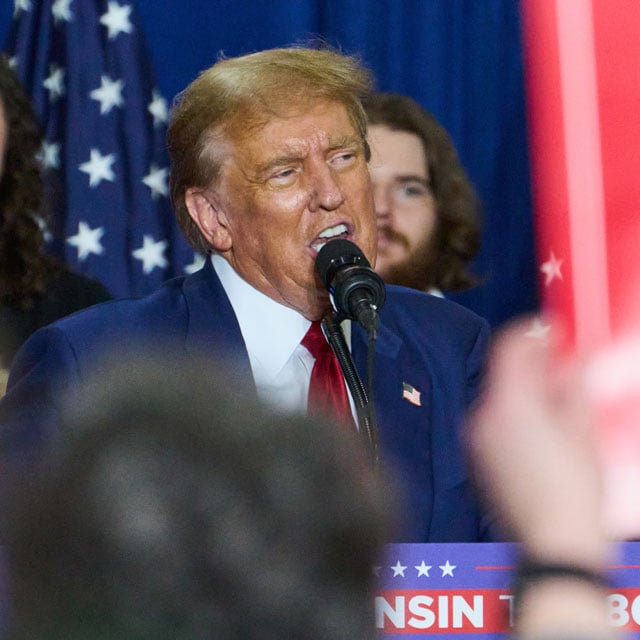Trump Floats Tariff Hikes to Offset Some Income Tax Cuts

What You Need to Know
To extend tax cuts expiring in 2026, the candidate is considering import levies and also reductions in the state and local tax deduction.
Increasing tariffs to pay for even a modest tax cut would require a massive hike in import levies.
That would mean a big increase on consumer prices.
Donald Trump floated the idea of using tariff hikes as a way to pay for some income tax cuts, a move that would inject uncertainty into global trade and consumer prices as Congress debates a tax code overhaul next year.
Trump, in a meeting with House Republicans in Washington on Thursday, said he is pushing for tariff hikes, as well as an extension of his expiring 2017 tax cuts and a new tax exemption for tipped wages, according to lawmakers in the room.
“He does want to look at lowering the income tax, and that could be offset and paid for by some type of tariffs, particularly on adversarial nations,” Representative Nicole Malliotakis, a New York Republican, said following the meeting.
Republican lawmakers, including some who have been skeptical of higher tariffs, said Trump’s pitch was well received.
“President Trump simply floated the idea as one of many brought up during the conversation, and he has said many times that as tariffs on foreign countries go up, taxes on American workers can come down,” campaign spokeswoman Karoline Leavitt said in a statement. “President Trump’s top priority remains making the Trump Tax Cuts permanent.”
Using tariff increases to offset income taxes is a tall order, because the U.S. brings in much more money from levies on individuals than on imported products.
Federal revenue from tariffs has roughly tripled over the past decade as the result of Trump’s trade policies that Biden has largely left intact.
But customs duties still make up just 2% of federal revenues — while the individual income tax made up almost half of federal receipts in 2023, according to the Office of Management and Budget.
Increasing tariffs to pay for even a modest tax cut would require a massive hike in import levies that would mean a big increase on consumer prices. Trump has already floated ideas including a 10% across-the-board tariff, and steeper levies on Chinese-made goods.
The suggestion to use tariffs as a way to pay for some tax cuts comes as Congress — and the winner of November’s presidential election — faces a looming deadline next year on the expiration of key portions of Trump’s 2017 tax cuts.






